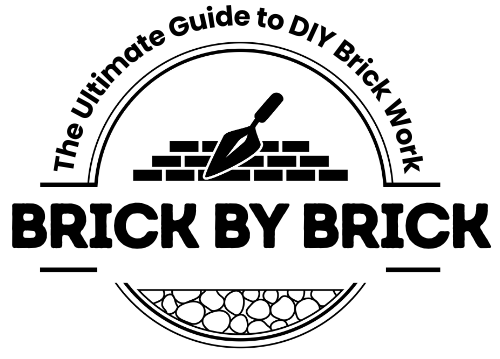Chimney brick damage is a common problem that homeowners face. It can be caused by a variety of factors, including age, weather, and poor maintenance. One of the most common forms of chimney brick damage is known as brick spalling. This is when the bricks start to break down and crumble, leaving behind a damaged and unsightly chimney. In this blog post, we will discuss what causes chimney brick damage and how to identify and repair brick spalling.
What Causes Brick Spalling?
Brick spalling is caused by water infiltration into the bricks. When water gets into the bricks, it freezes and expands, causing the bricks to crack and break apart. This process is known as freeze-thaw damage and is the most common cause of brick spalling. Other factors that can contribute to brick spalling include:
– Age: As a chimney ages, the bricks can become weaker and more susceptible to damage.
– Poor construction: If the chimney was not built correctly, it can be more prone to brick spalling.
– Lack of maintenance: If a chimney is not regularly inspected and maintained, small issues can turn into bigger problems.
– Weather: Extreme weather conditions, such as heavy rain, snow, and wind, can accelerate the deterioration of bricks.
How to Identify Brick Spalling
Brick spalling is relatively easy to identify. Look for the following signs of damage:
– Crumbling or flaking bricks: If you notice pieces of brick falling off the chimney, it is a sign of brick spalling.
– Discolored bricks: Water infiltration can cause bricks to become discolored.
– Cracks in the bricks: Cracks in the bricks are a sign that water has gotten into the bricks and caused them to expand and break apart.
– Loose bricks: If you can move the bricks with your hands, it is a sign that they are damaged and need to be repaired.
How to Repair Brick Spalling
Repairing brick spalling is a job best left to professionals. Here is the general process for repairing brick spalling:
– Clean the bricks: The first step is to clean the bricks to remove any dirt, debris, or loose pieces of brick.
– Remove damaged bricks: The damaged bricks will need to be removed and replaced with new ones.
– Replace the damaged bricks: The new bricks will need to be installed and secured in place.
– Seal the bricks: To prevent future water infiltration, the bricks will need to be sealed with a waterproofing sealant.
In some cases, the damage may be too severe, and the entire chimney may need to be rebuilt. It is essential to have your chimney inspected regularly to catch any potential issues early on and prevent extensive damage.
In conclusion, brick spalling is a common form of chimney brick damage that is caused by water infiltration. It is essential to address this issue promptly to prevent further damage and ensure the safety of your chimney. If you notice any signs of brick spalling, contact a professional chimney repair company to assess the damage and make necessary repairs.
